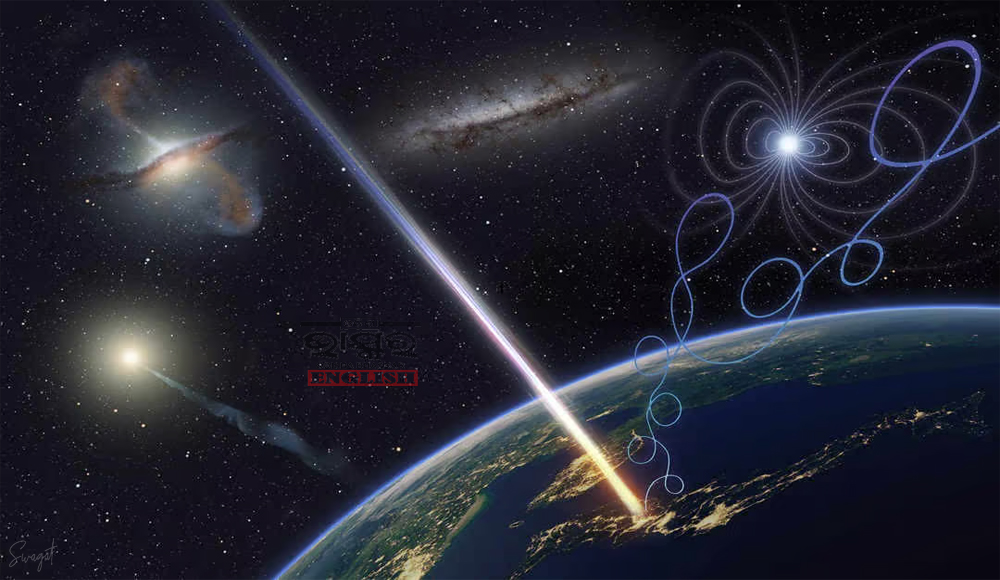Researchers in Utah have identified the second-most powerful cosmic ray originating from beyond our galaxy. Dubbed the ‘Amaterasu’ particle, it boasts energy equivalent to dropping a brick from waist height. Detected on May 27, 2021, with an energy measurement of 2.4 x 10^20 electron Volts, this finding follows the enigmatic ‘Oh-My-God’ particle in 1991.
Cosmic rays, charged particles like protons or electrons, travel through space at nearly the speed of light, possibly remnants of celestial events breaking down matter. The Amaterasu particle, observed at the University of Utah’s Telescope Array, has left physicists puzzled. John Matthews, a study co-author, noted their high energy should make them unaffected by magnetic fields, allowing researchers to pinpoint their origin in the sky.
The ‘Oh-My-God’ particle, discovered during the ‘Fly’s Eye’ experiment in 1991, shocked astrophysicists due to its unprecedented energy, seemingly impossible within our galaxy. The Amaterasu particle presents a similar mystery, with scientists yet to find a conventional explanation. Matthews emphasized that conventional energetic events like supernovae fall short of producing such high-energy particles, requiring immense energy and magnetic fields.
Analysing the cosmic ray’s composition, researchers suggest the Amaterasu particle is likely a proton, given its relatively unbent trajectory, contrasting with heavier particles like iron nuclei. Despite theories about the Greisen-Zatsepin-Kuzmin cutoff, stating a proton’s maximum energy before distortion from microwave background radiation, the Amaterasu particle’s trajectory pointed to empty space, deepening the mystery.
The research challenges existing understanding, with scientists speculating on unknown particle physics. The Amaterasu particle’s trajectory to empty space contradicts current magnetic field strength theories, leaving researchers intrigued by this cosmic enigma.




Comments are closed.